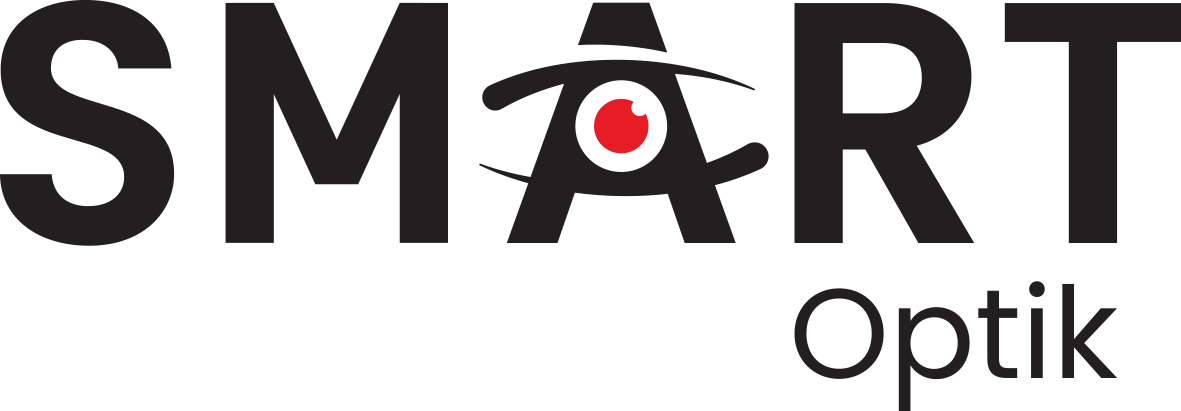There are several approaches to managing and relieving dry eye symptoms, depending on the root cause and severity. Here are some common strategies:
1. **Artificial Tears**: Lubricant eye drops can supplement your natural tears and relieve dryness.
2. **Prescription Medications**: Your eye doctor may prescribe medications to reduce inflammation or stimulate tear production.
3. **Lifestyle Changes**: Simple changes like blinking more often when using screens, using a humidifier, or taking breaks from tasks that strain your eyes can be helpful.
4. **Environmental Modifications**: Avoiding smoke, wind and dry environments may reduce irritation.
5. **Nutritional Supplements**: Omega-3 fatty acids and some vitamins can support eye health and aid tear production.
6. **Eyelid Hygiene**: Keeping your eyelids clean and gently massaging them can support the function of the sebaceous glands.
7. **Punctal Plugs**: These small devices can be placed in the tear ducts and block drainage, allowing more moisture to remain in the eye.
8. **Special Contact Lenses**: Scleral lenses, for example, can protect the cornea and maintain moisture.
9. **Intense Waves Light (IPL) Therapy**: This treatment can help manage symptoms by reducing inflammation around the eyes.
10. **Prescription Eye Drops**: Restasis and Xiidra are prescription eye drops that help increase tear production.
It is important to consult with an eye care professional to determine the best approach for your specific situation
.

